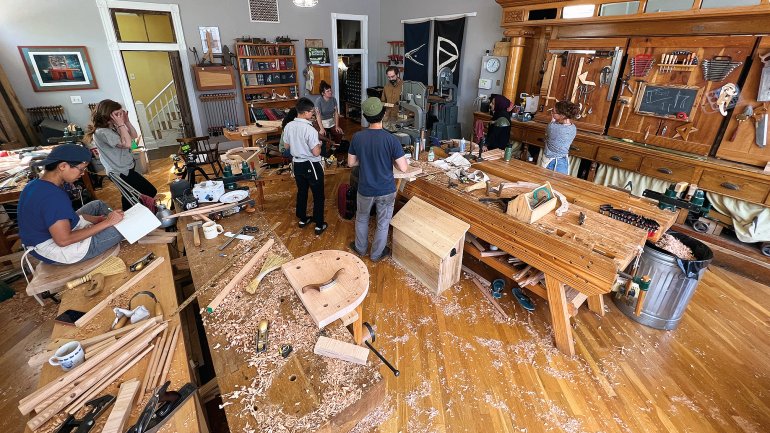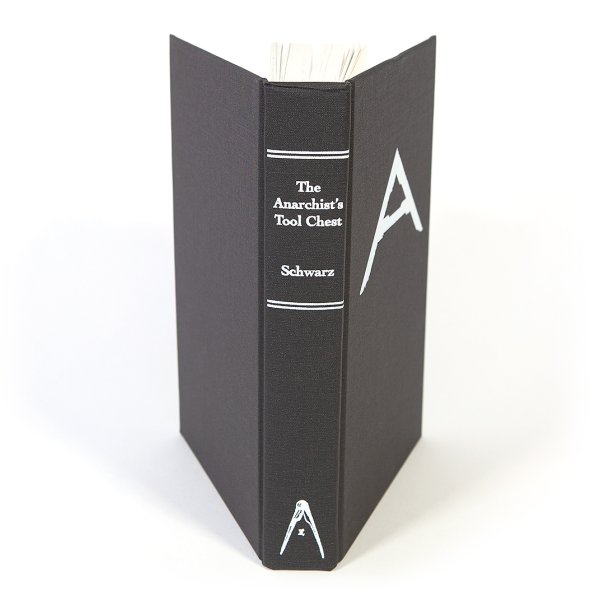A Hardworking Press
A Hardworking Press
Sitting among shipping boxes and woodworking benches in their Covington, Kentucky, headquarters, Lost Art Press co-owner Christopher Schwarz and editor Megan Fitzpatrick relay the history of this small but influential press. “At first the idea was, what books do people need?” says Schwarz, who cofounded Lost Art in 2007 with fellow woodworker John Hoffman.
Early on, Schwarz and Hoffman were told by established publishers that there was no money in printing high-quality woodworking books. “John and I sat down and we were talking about why there were no good books like [Scott] Landis and [Jim] Tolpin and Tage Frid and all these people used to do,” Schwarz recalls. “And we said, well, what if we could start a publishing company where we gave them enough money that made it worth their while?
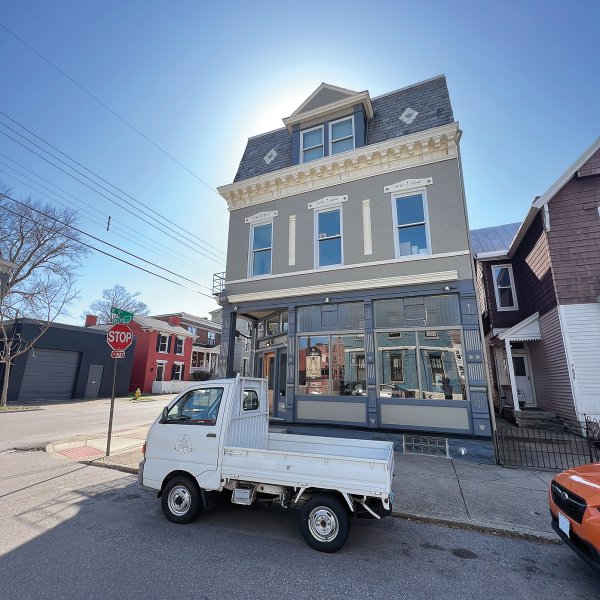
The press’s storefront and workshop in Covington, Kentucky, with its minitruck out front. Photos courtesy of Lost Art Press.
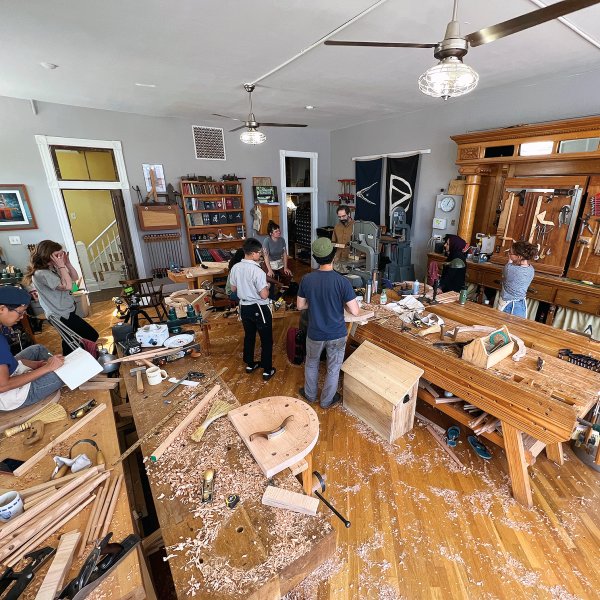
Cofounder Christopher Schwarz shows students how to make wedges with a band saw. Photos courtesy of Lost Art Press.
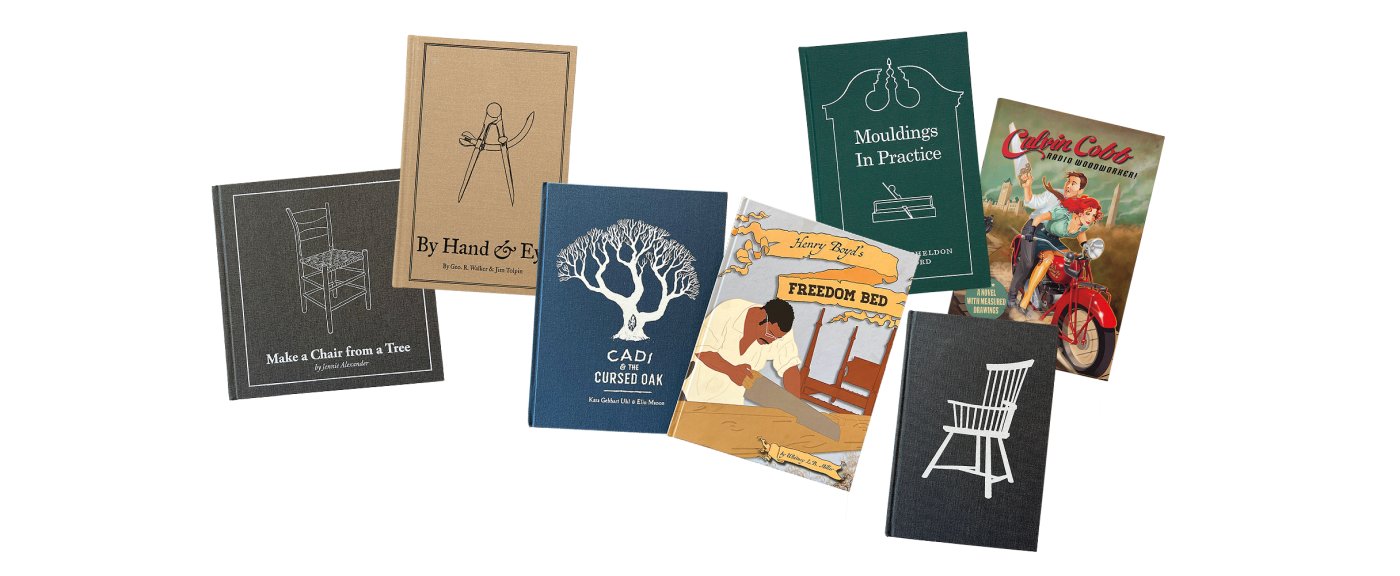
“This wouldn’t work without the passion for woodworking,” says Fitzpatrick, a former English literature major who is also a woodworker and teacher. “You need to have that passion in order to be this crazy.” To her, publishing books is about helping others learn to make things. “It’s absolutely doable. And to not hoard your knowledge. Share it. Otherwise, nobody else is going to know how to do this a hundred years from now. They’ll have to rediscover it, and we’d rather they not have to do that.”
Lost Art prints only in the US to maintain speed and control of the process. After decades in the periodicals business, it’s important to Schwarz that their books are built to last. “We only use the sewn bindings,” he says. “We only use the fiber tape. All the good things that came with very traditional publishing fifty to seventy years ago, but now are unheard of.” This dedication to the craft of bookmaking gives their volumes a timeless quality that might cause some to wonder whether they’re buying a newly printed book or a vintage volume that has been carefully preserved for decades. And while much of what they publish is written by contemporary authors, they are also dedicated to reprinting historic texts and making them accessible to new audiences.
The team is currently renovating a nearby historic warehouse to become Lost Art’s new headquarters, with fulfillment operations brought in-house—until recently, they used a third-party company. They also plan to launch an apprenticeship program to support the next generation of passionate woodworking book publishers and emphasize underrepresented voices.
As the company name suggests, Lost Art Press exists to preserve and share knowledge. “Our motto—which we steal from [furniture maker W.] Patrick Edwards—is ‘To die with a secret is a sin,’” Schwarz explains.
“I think there’s room for a publishing company like this in every sort of craft,” he adds. “Whether it’s blacksmithing, metalwork, instrument making . . . I hope there are people out there who might have the desire to try to make books or make content in the field that makes them insane.”
lostartpress.com | @lostartpress
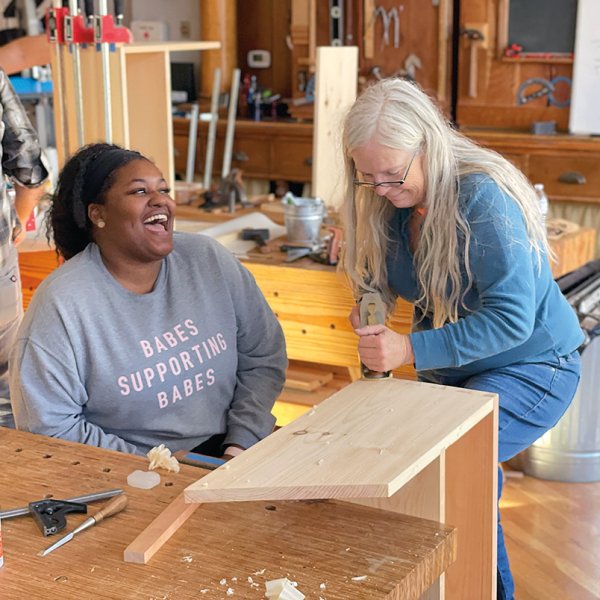
Lost Art Press Editor Megan Fitzpatrick demonstrates a smooth plane to Whitney Miller, a student and author of Henry Boyd’s Freedom Bed, in a Dutch tool chest class.


